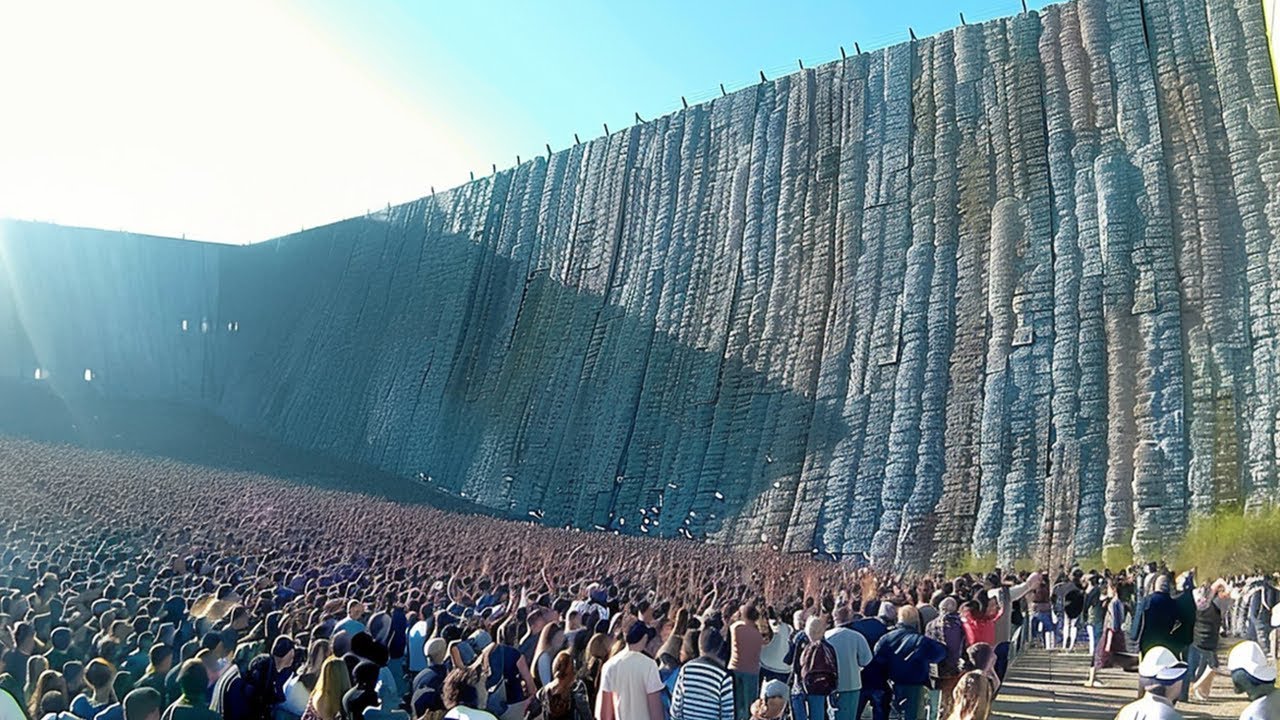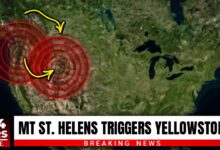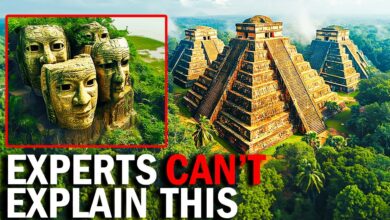This Mysterious Mega Structure Discovered In New Zealand Could Hold Secrets Of Ancient Civilizations

In the Kaimanawa Forest in New Zealand, a strange discovery has changed the understanding of ancient history: the **Kaimanawa Wall**, a mysterious stone structure hidden for centuries under layers of vegetation and humus.
**Structure and Features**
The wall consists of giant ignimbrite blocks, weighing up to tons, cut and arranged with great precision. Some of the blocks are 1.6 meters high, 1 meter wide and arranged in a straight line 25 meters long, while the edges of the stones are only separated by a knife blade. The surfaces of the blocks are smooth, without traces of tools, and the edges are uniformly beveled, demonstrating advanced stone cutting techniques. Notably, the entire wall is oriented precisely to **north**, similar to many famous ancient structures such as the Pyramids of Giza or Stonehenge, suggesting a connection between architecture and astronomical elements.

### **Origins and Hypotheses**
Archaeologists estimate that the wall was built around **330,000 years ago**, with the source of the stones being at least 3 miles away from the construction site. This raises the question: how could ancient people have transported and constructed the structure without modern technology? Some studies have suggested that it may have been the product of an advanced civilization capable of using advanced construction and architectural techniques.
Archaeologist Barry Brailsford and his colleagues conducted a survey in 1996 and found that the structure was not natural. He determined that the stones had been deliberately cut and arranged by human hands. Various theories have emerged, including the possibility that the wall was part of a larger architectural complex or even concealed an **ancient pyramid** underneath.
### **Techniques and Global Links**
The Kaimanawa Wall shares many similarities with other megalithic structures around the world, such as:
– **Polygonal Masonry** in Cusco, Peru, where the blocks were joined together without mortar.
– The pyramids of Teotihuacan (Mexico) or the underwater structures of Nan Madol (Micronesia).
Another highlight is the ancients’ understanding of the properties of rocks. Ignimbrite, rich in silica, can generate electric currents when interacting with water due to the piezoelectric effect. This has led many to believe that the ancients were not only building for conservation but also taking advantage of the geological and natural energy properties of the area.

### **Additional Findings**
– **Ground Penetrating Radar (2019):** Radar scans show subsurface structures similar to the raised wall, with regularly layered blocks of stone. – **Hollow Sounds:** Some areas resonate when tapped, suggesting the presence of **underground chambers** or **voids** beneath the wall.
– **Stone Carvings:** Some of the stones on the ground have geometric carvings, which may have cultural or religious significance for an ancient civilization.
### **Historical Significance and Mystery**
Although there is no direct evidence of the builders, researchers believe that the structure may have been built by an unrecorded prehistoric civilization. The Whaha people, considered to be the earliest inhabitants of New Zealand, and the Maori have both denied any role in the construction of the structure. This makes the wall a mystery not only in terms of engineering but also in terms of its historical origins.
The Kaimanawa Wall is a testament to the capabilities of ancient civilizations, while also raising questions about the development of architecture and engineering around the world. What has been discovered so far is just the tip of the iceberg, with many more secrets to be uncovered.
The New Zealand government has rejected any suggestion that mysterious structures such as the **Kaimanawa Walls** could be linked to an ancient pre-Māori civilisation, claiming they are a natural phenomenon caused by volcanic activity. However, the ban on excavation and research at these sites has raised questions about the real reason behind them.
The current interpretat

ion reflects an effort to protect the official historical narrative and avoid political conflict, particularly regarding the land rights and cultural heritage of the Māori – considered the first indigenous people (tangata whenua) of New Zealand.
Some geological studies have shown similarities between these structures and man-made structures in other areas, raising the question of the possibility of an ancient pre-Māori civilisation. This story is complicated by other discoveries, such as ancient carved stones in Waipoua Forest and boulders in Silverdale, which are linked to sophisticated techniques far beyond the recorded era.
The government’s restriction on ancient sites has fuelled debate about New Zealand’s undiscovered history. Māori folk tales also suggest an earlier human presence on the island, challenging the theory that New Zealand was completely uninhabited before Māori arrived 900 years ago.
These discoveries not only contradict official history, but also demand a more comprehensive view of the Pacific region’s past.








